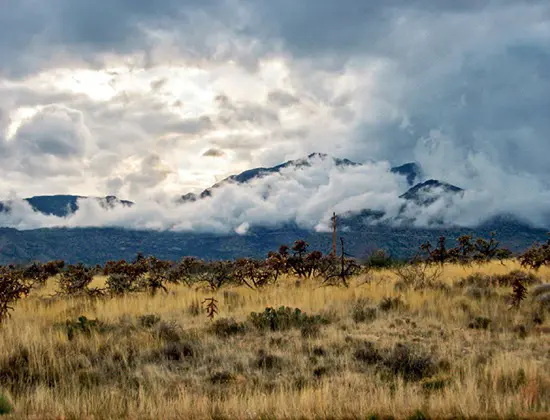Sky islands, a term coined for isolated mountain ranges in the desert landscapes near the US-Mexico border, offer a fascinating study in geographic isolation and its impact on biodiversity. While Charles Darwin’s analysis of finches in the Galápagos Islands highlighted the effects of isolation on oceanic islands, the concept extends to these isolated mountain peaks, first noted by Alexander von Humboldt in the 1840s.
Located within the Sierra Madre range, these sky islands rise dramatically from the surrounding desert, reaching elevations between 5,000 and 10,000 feet. The term ‘sky islands’ was popularized around 1943 and aptly describes these mountains, which harbor distinct ecosystems at various elevations. From the arid Sonoran Desert at their base, these mountains transition through grasslands, oak and pine woodlands, pine forests, and culminate in spruce, fir, and aspen forests at higher elevations. The temperature variance across these elevations is significant.
Many species found in these sky islands are relict species, having migrated upwards since the last glacial period. The Madrean sky islands are the most well-known, but there are hundreds of such isolated peaks globally, each presenting a unique biome and serving as a natural laboratory for studying climatic and evolutionary trends. These areas are crucial for understanding biodiversity, especially for unique and often endangered species.

